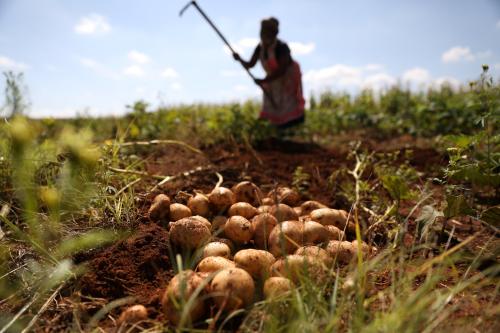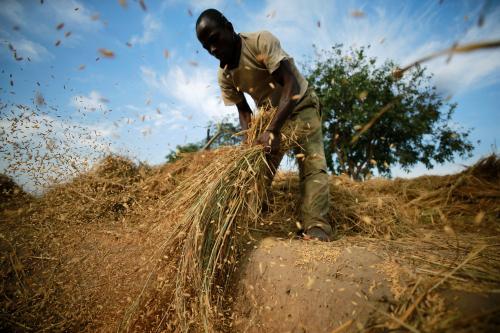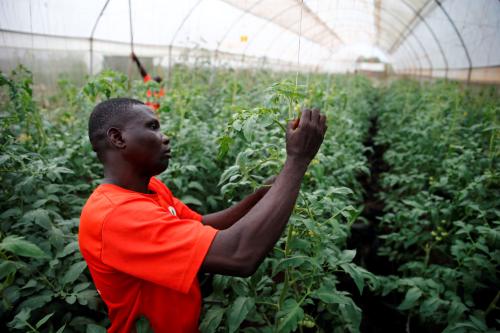In April of this year, the Oxford Business group released its “Agriculture in Africa 2021: Focus Report”. This report outlines the region’s export potential and food security challenges in the face of the detrimental impacts of the COVID-19 pandemic. It also explores how the creation of the African Continental Free Trade Area (AfCFTA) and the modernization of agricultural processes are generating growth opportunities across the agricultural ecosystem.
The report shows how the COVID-19 pandemic weakened already precarious food security in Africa through reductions in income and disruptions in the supply chain. Prior to the pandemic, food security was already a major concern in the region, with the most affected being fragile and conflict-afflicted states. Of the 86 countries worldwide that are categorized as low-income and food-deficient, 43 of them are located in Africa. Indeed, according to the Africa Center for Strategic Studies, over 100 million Africans faced crisis, emergency, or catastrophic levels of food insecurity in 2020.
At the same time, due to its abundance of arable land, Africa has the potential to meet its needs as well as those of the rest of the world when it comes to food supply. More specifically, the authors of the report suggest that closing the gender gap and empowering farmers traditionally restricted in their access to finance and technologies can create major gains when addressing food insecurity.
Figure 1 shows the outputs and inputs on farm plots managed exclusively by men and women in Africa. Notably, while all of those who work in agriculture face the same issues—financing, climate change, etc.—women and youth are disproportionately affected. According to the report, output value for men (in the case study countries) is higher than that of women. More specifically, argue the authors, the inability of women in rural communities to own their own bank accounts, negotiate with suppliers, and use financial services keeps them from expanding and operating at their full potential as farmers. Furthermore, write the authors, if women—who make up 43 percent of the agricultural labor force in developing countries—had the same access to finance as men, agricultural outputs could increase up to 4 percent in 34 countries, potentially reducing the risks of food insecurity and malnourished people by 12 to 17 percent globally. One notable fact included in the figure is the enormity of the gap between men and women in Uganda, in terms if access to fertilizer—with men using nearly 10 times more fertilizer per acre on their plots than do women.
Figure 1. Outputs and inputs on farm plots managed by men or by women
Source: “Agriculture in Africa 2021,” Oxford Business Group, 2021.
In the end, the authors recommend that governments and development organizations tailor their initiatives toward empowering the demographics routinely disproportionately affected by way of increased access to advanced digital technologies, infrastructure improvements, mechanization programs, and financing and input subsidies.
For more information on food insecurity see, “The future of data: Unmasking community-level differences to better address food insecurity,” “Protecting food security in Africa during COVID-19,” and “Policy priorities for achieving food and nutrition security by 2030.”
The Brookings Institution is committed to quality, independence, and impact.
We are supported by a diverse array of funders. In line with our values and policies, each Brookings publication represents the sole views of its author(s).









Commentary
Figure of the week: Closing the gender gap to reduce food insecurity in Africa
May 26, 2021